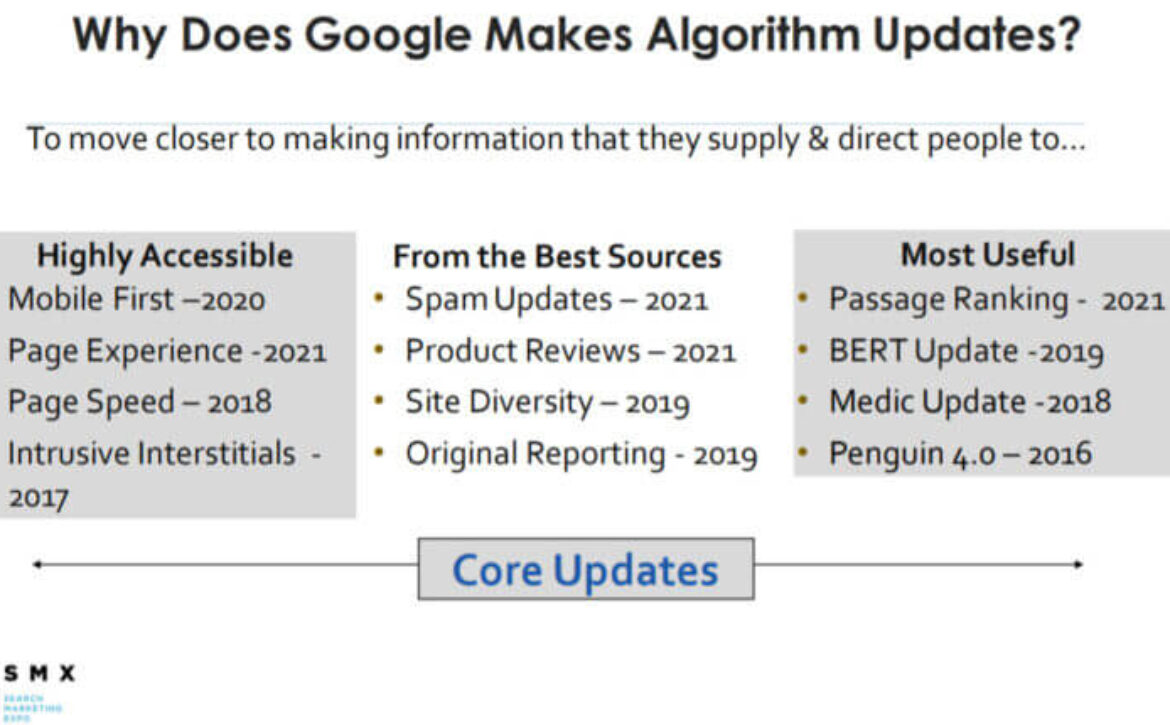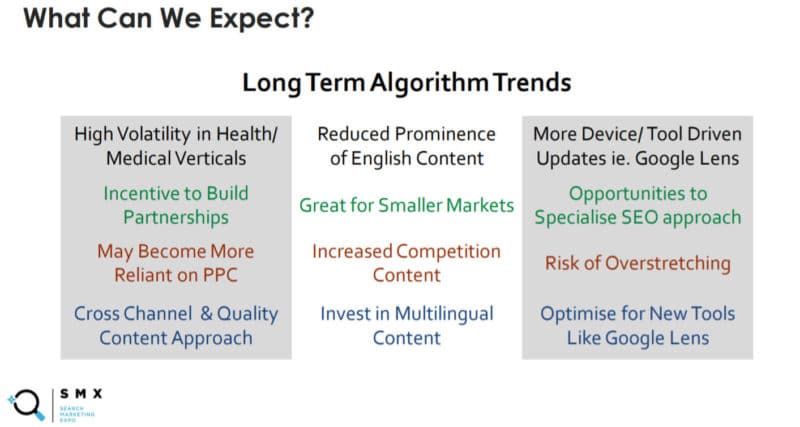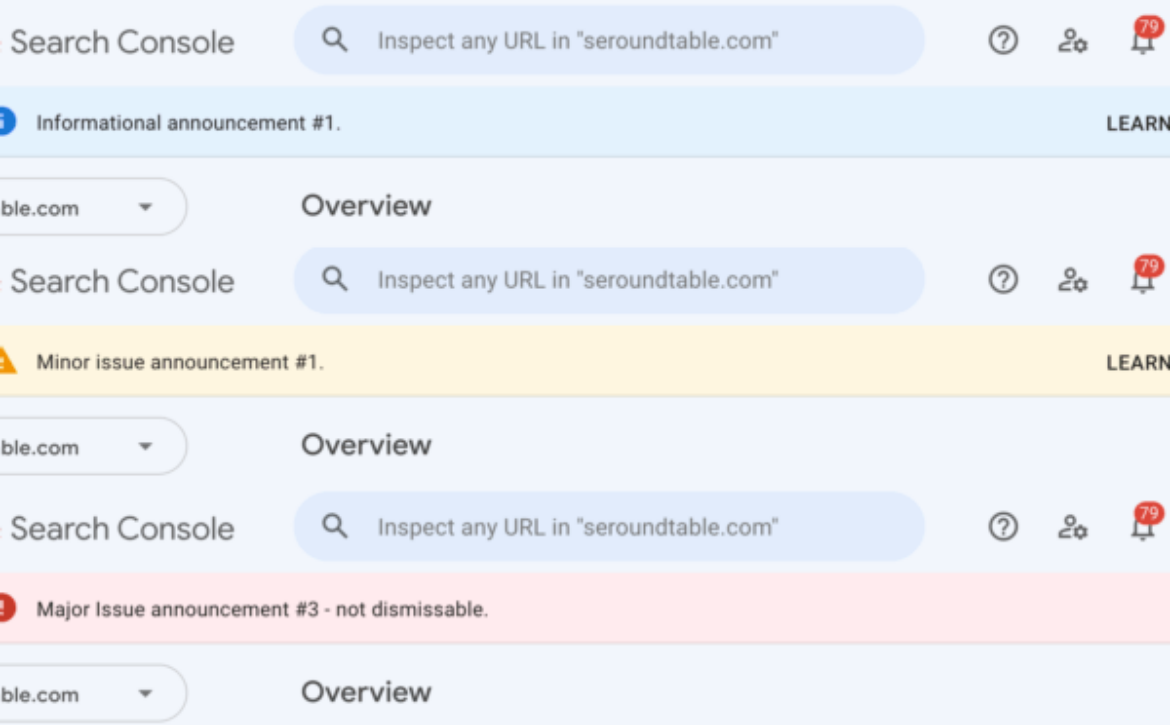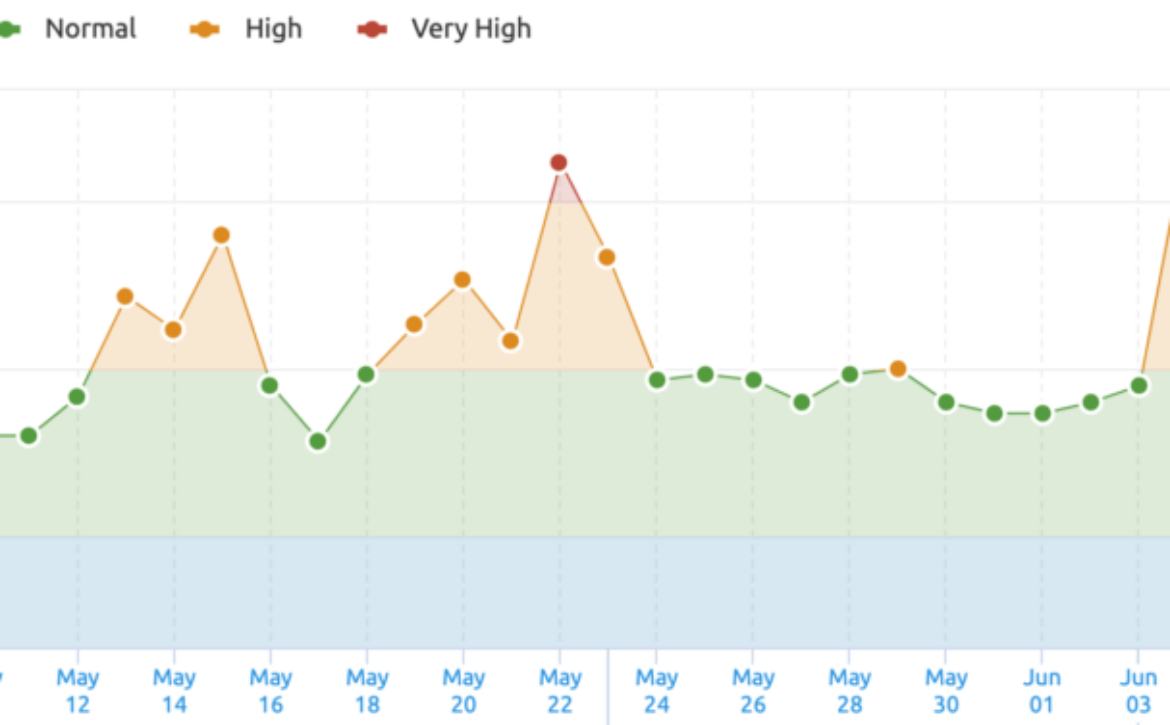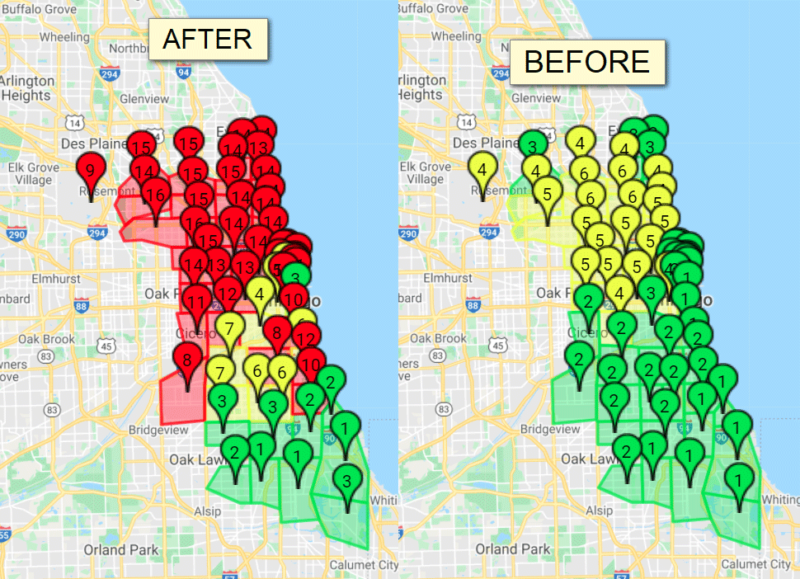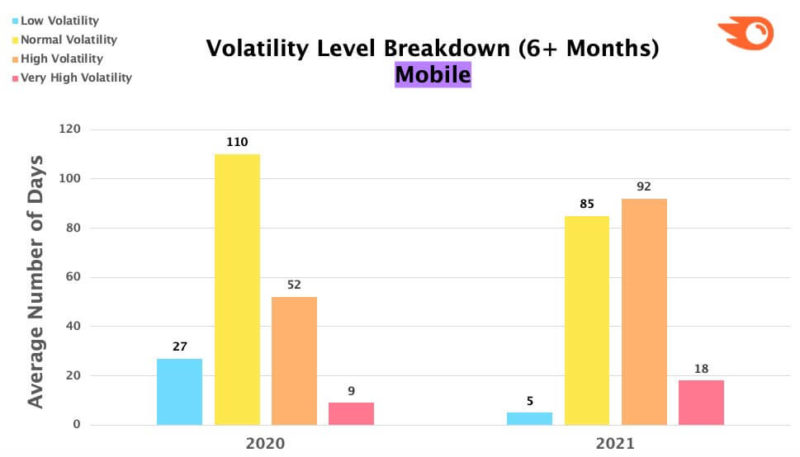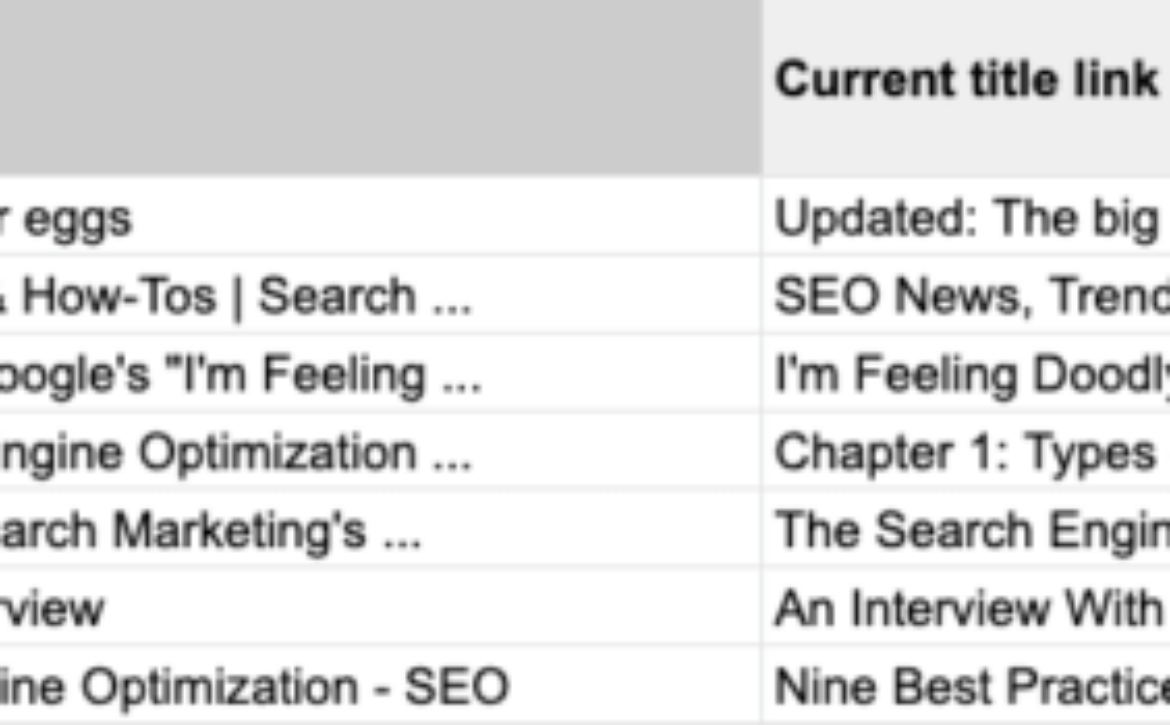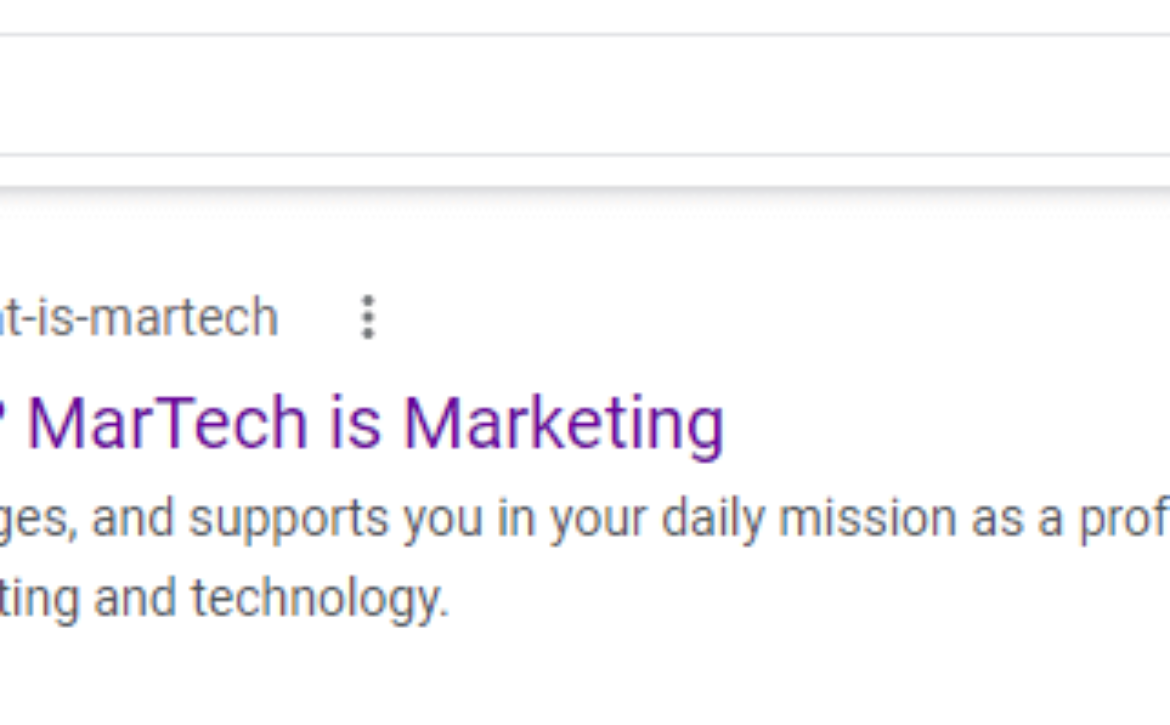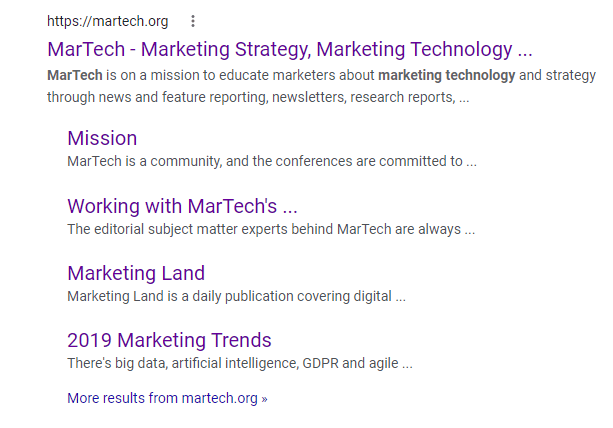SEO software tools: What marketers need to know
Search Engine Optimization remains the stalwart mainstay of digital marketing, with search driving around 50% of website traffic on average, according to an analysis of SimilarWeb data by Growth Badger. But the practice of SEO has become more complex and it involves more considerations than SEOs enjoyed in the “ten blue links” era.
Today, SEO includes everything from content marketing and distribution to user experience, and even the core job of gathering and interpreting search intelligence has become more challenging as the search engines continually
change their display of results and port them over to other media like voice assistants. This doesn’t mean that the well-established SEO best practices should be cast aside, however. Keyword research, page-level analysis, backlink tracking and acquisition, and rank tracking are still of critical importance, even as the environment continues to change.
SEO platforms offer numerous capabilities that range from keyword research and rank-checking to backlink analysis and acquisition, as well as competitive intelligence, social signal integration, and workflow rights and roles.
Enterprise-level platforms may also provide more extensive link and site audits or analytics that include predictive scoring systems to identify potential opportunities to improve page performance or link authority. Vendors differentiate by offering more frequent or detailed data updates or content marketing features that sometimes require additional investment.
The following section discusses some of these capabilities and the key considerations involved in choosing an enterprise SEO platform.
Get the full report on Enterprise SEO Tools here
Link analysis and acquisition
Links continue to be one of the most important external or “off-the-page” signals that can help a website rise in search engine rankings. Most enterprise SEO platforms provide link analysis (i.e., what sites are linking to yours), link building or removal recommendations via competitive analysis, and other reports that reveal opportunities for obtaining links (i.e., what sites should you solicit links from) as part of their base platforms.
Keyword research/rank analysis
Keyword research – knowing what terms people use to find your website, how your pages rank for various queries, and how you should use those terms in your copy – has been a pillar of effective SEO. Virtually all enterprise SEO platforms provide keyword research tools that allow marketers to discover the ways that consumers search for content, and what keywords are driving traffic for competitors.
Vendors source this data differently, however. Some vendors license data from point solutions or ISPs, due to Google’s restrictions on scraped data in its terms of use and the percentage of search results that are “keyword (not provided).” Other vendors develop and manage a proprietary database of keyword terms. As a result, reliable keyword data has become less of a commodity and more expensive.
It’s also important to note that rank analysis has grown increasingly complex as Google has upped its use of more dynamic and visual SERPs. Marketers are no longer satisfied with simple numeric designation of how their page ranks for a particular query; they want to know if it’s displayed in a Carousel, in a Knowledge panel, with Sitelinks — or any of the other ways in which crawled content is being displayed on the SERPs. One of the newest entrants to
this category, Visably, offers a very different look at ranking, going so far as to look at all of the content on pages that rank for a particular keyword and then categorizing those pages.
With all of this data, it seeks to give brands a sense of how they’re coming across in search generally, even if the brand-related activity is happening on third-party sites.
Search intent-based analysis
Google’s search algorithms are focusing less on keyword matches and more on search intent. Recent algorithm updates, including the addition of BERT, have reduced the value of keywords in SEO. To counter the lack of keyword data, SEO platform vendors are developing more “search intent”-based tools that analyze search intent and predict or recommend the most relevant content that would meet the searcher’s needs.
Custom site crawls/audits
With content quality becoming the lynchpin for many marketers’ SEO strategies, site crawls or audits are important tools offered by enterprise SEO platform vendors. Some platforms offer optimization recommendations for keywords, page structures, and crawlability; prioritizing and assigning scores for such factors as HTML title tags, body tags, and meta-tags.
Most SEO platforms provide daily site crawls; others offer a weekly frequency. Ideally, the tool should be able to crawl the entire site, not just random pages, and should support the analysis of mobile-optimized and AMP pages as well. However, some enterprise sites are so large it’s unrealistic to expect a tool to crawl it in its entirety.
Get the full report on Enterprise SEO Tools here
Social signal tracking and integration
Social media activity isn’t directly included in search engine ranking algorithms, but pages that are highly shared benefit from higher traffic, and watching social activity can help inform content creation and distribution strategies. Most enterprise SEO platforms track, measure, and integrate social signals into their analytics and dashboard reports.
Sites that experience strong social sharing typically perform better in organic search results. Capabilities range from social signal tracking and correlations to site traffic and conversions, as well as social profile monitoring and sentiment analysis, and contact-relationship management.
While most vendors do well at tracking organic traffic, few currently track paid social activity.
Content marketing and analysis
SEO and content marketing have become closely aligned, as Google has raised the content quality bar through developments like BERT and RankBrain (Hummingbird), and its regular algorithm updates. As a result, relevant, up-to-date content has become integral to SEO success.
Many vendors have upgraded the content optimization and content marketing capabilities of their enterprise SEO platforms and expanded the tools’ content marketing features. These include page management tools or APIs to monitor on-page content and errors, reports on content performance and traffic trends, influencer identification and campaign management, and real-time content recommendations.
More advanced platforms perform analysis to help improve the depth and quality of content by performing topical analysis of content and comparing it against competition to identify potentially important gaps and make recommendations for improvement.
One emerging area in which vendors are investing is the ability to automatically and proactively suggest topics that marketers should create content about — eliminating the need to spend lots of time on analysis. Some even provide assistance with developing the type of content that will show up in queries for target keywords.
International search tracking
International search coverage has become a critical capability, as the global economy leads more U.S.-based enterprises to conduct business online and offline in multiple countries and languages. Most enterprise SEO platforms offer some level of international search coverage that crosses borders, languages, and alphabets. The capabilities include international keyword research, integrating global market and search volume data into the platform, as well as integrating global CPC currency data.
Mobile/local analytics
Google’s search engine updates are increasingly focused on improving the mobile/local search user experience. As mobile-friendly sites rise to the top of the SERPs, marketers are demanding more and better mobile and local data and analytics to help them optimize their sites for mobile users and improve search engine rankings. Many vendors offer features such as mobile audits, rankings, and metrics by device (i.e., desktop, tablet, iPhone, and Android) as well as by location.
Technical SEO crawling
The increasing importance of mobile traffic is also driving the development of tools to identify problems that may be slowing page load or affecting mobile-friendliness. This includes providing information about a site’s ranking for Core Web Vitals.
Additionally, technical implementation of schema markup is necessary if a page is to be used in one of the featured snippets or other advanced displays. Many of today’s tools can identify schema errors and advise on correcting them.
Cross-device attribution
Recognizing that SEO is just one aspect of a brand’s marketing efforts, and also that search traffic (especially on brand keywords) is influenced by paid media, some vendors are developing capabilities that help marketers determine what marketing initiative is driving site visits or sales. This is becoming increasingly difficult, however, as third-party cookies are no longer being supported by many companies.
Get the full report on Enterprise SEO Tools here
The benefits of using SEO platforms
With hundreds, thousands, tens of thousands, and even millions of pages, sites, social conversations, images, and keywords to manage and optimize, enterprise SEO has become increasingly complicated and time-consuming.
Using an SEO platform can increase efficiency and productivity while reducing the time and errors involved in managing organic search campaigns. More specifically, managing SEO through an enterprise toolset can provide the following benefits:
- Many tools, one interface. SEO platforms perform many tasks in one system. A comprehensive dashboard can help your organization monitor SERP rankings and trends, how you measure up to competitors and your share of voice. The integration and prioritization of tasks, reporting, and user permissions can offer substantial benefits to enterprise-level SEO operations.
- Intent insights. Because of the search engines’ increased focus on user intent, enterprise-level SEO tool vendors are developing machine learning models that analyze user behavior and site content to help marketers answer searchers’ questions.
- More efficient management of global operations. Enterprise SEO tools have built-in diagnostics that can be invaluable on a global scale to identify site-wide issues across languages, countries or regions. These tools uncover macro and micro issues with pages, templates and infrastructure.
- Keeping pace with the search engines. SEO software vendors have dedicated teams and engineers to follow frequent search engine algorithm changes and their impact on the SEO reporting required by enterprises.
- Automated reporting to provide data in near real-time. Many brands end up trying to put a lot of data in spreadsheets and manually update them. But that doesn’t provide a complete view of the data. Most enterprise SEO platforms offer highly customized reporting capabilities that are widget- and wizard-driven to make reporting faster and easier. Many also allow for the export of data to business intelligence tools or other analytics software.
The post SEO software tools: What marketers need to know appeared first on Search Engine Land.




